Evidence-Based Practice
What is evidence-based practice?
Evidence-based practice (EBP) has many definitions, the key principle being that clinicians will use the best available evidence and clinical experience to design intervention programs for individuals that respect and value client or family priorities and values.
Clinical Application of Evidence-Informed Decision-Making
A variety of resources can keep you up to date with recent research to guide your clinical practice.
“Viva La Evidence” is a light-hearted but informative video about the importance of EBP.
AAC Guidelines for SLPs who support people with support people with a disability.
The Child Development & Rehabilitation (CDR) Evidence Centre at Sunny Hill Health Centre for Children has a step-by-step schematic to help understand what information is required to make informed decisions.
Traffic Lighting is a simple yet effective tool to use when evaluating empirical evidence for an intervention approach.
Evidence Maps from the American Speech-Language-Hearing Association (ASHA) provide tools to support evidence-based decision-making. These maps highlight the importance of the three components of evidence-based practice (EBP) – External Scientific Evidence, Clinical Expertise/Expert Opinion, and Client/Patient/Caregiver Perspectives.
The Practice Portal from ASHA provides ways to “find the best available evidence and expertise in patient care, identify resources that have been vetted for relevance and credibility, and increase practice efficiency.”
The Speech Pathology Database for Best Interventions and Treatment Efficacy or speechBITE provides a list of intervention studies related to words entered in their search engine. Watch a tutorial on how to search for abstracts.
What Works by The Communication Trust is a database of interventions for preschool and school-aged children with speech, language or communication difficulties.
